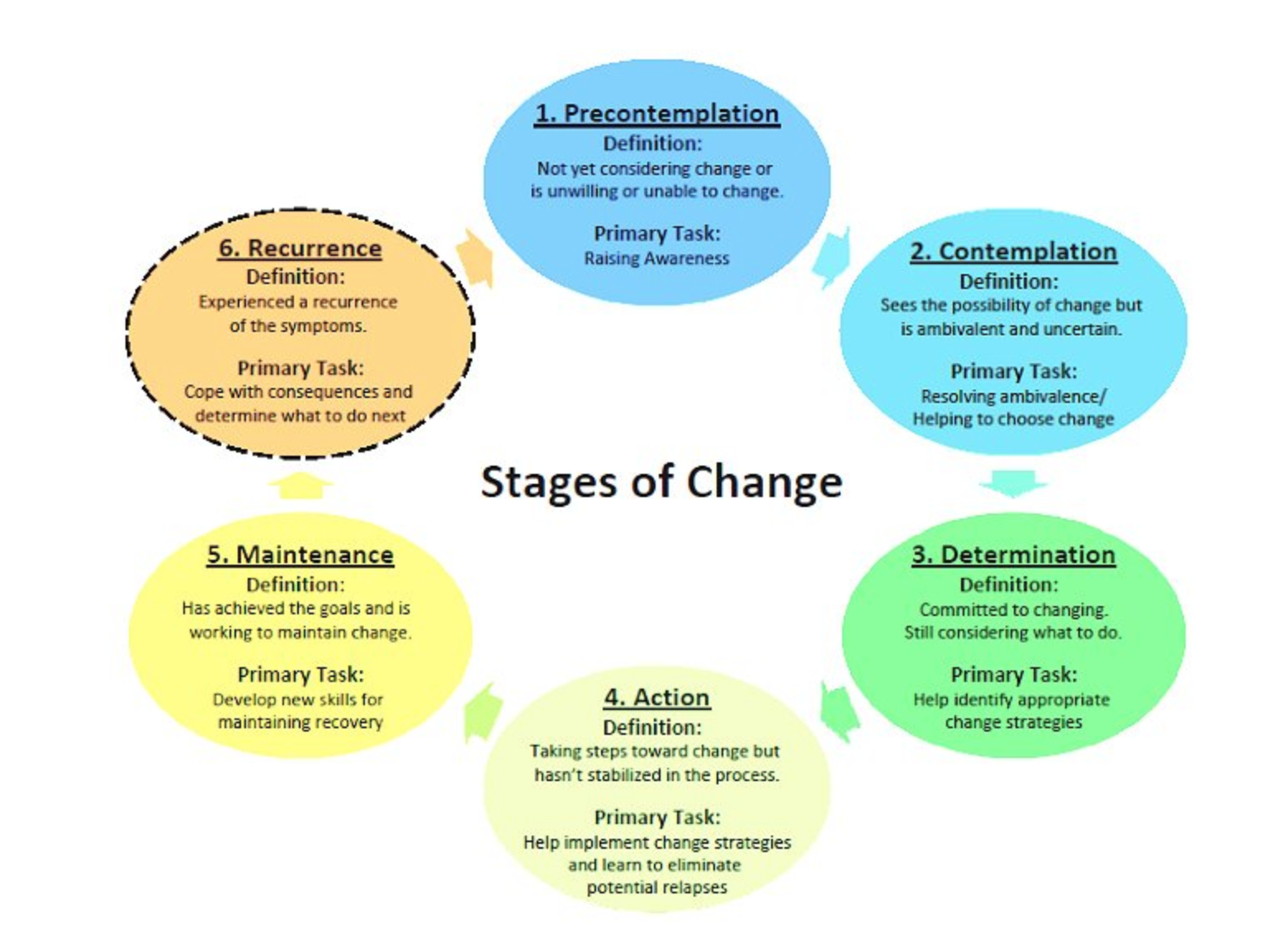Harm Reduction
Advocacy Strategies
SFCASA ADVOCACY AREAS:
Healthcare, Independent Living Skills, Community Connections, Placement, Education
Why We advocate
Harm Reduction is any strategy that reduces the harm of risky behaviors, without necessarily quitting those behaviors completely. Harm Reduction focuses on SAFETY FIRST. It does not judge people’s choice to engage in risky behaviors.
It is common for young people to take risks. Young people involved in the dependency system who have experienced trauma can be especially vulnerable to risky behaviors and situations such as:
- leaving an approved placement
- Substance use or substance misuse
- CSEC/DMST
- Inappropriate social media use
- Unsafe sex
- Peer recruitment in congregate care for substance use, CSEC, & leaving a placement.
- Self harm
- Truancy
A Harm Reduction approach recognizes that young people have valid reasons for the choices they make. It supports them in thinking through their feelings and options with a focus on safety (not moral evaluation). Harm Reduction embraces the paradox of change: When a person feels accepted for who they are and what they do—no matter how unhealthy—it allows them the freedom to consider change rather than needing to defend against it.
The foundational principles of Harm Reduction are:
- Self-determination for the young person
- Relationship building
How to advocate
It is crucial to recognize that real and lasting change comes from within, and that motivation and steps towards change are usually incremental.
Asking questions that help a young person see the discrepancy between their actions and their desired goals, known as Motivational Interviewing (MI), is a technique than can support a young person towards positive change. For guidance on practicing MI, please see the APPROPRIATE LANGUAGE section below.
The Stages Model of Change provides a research based understanding of how people make behavioral change - in stages. It helps us assess a young person's readiness for change, and informs how we talk about the behavior with them.

It is common for youth to be in the Pre-Contemplation phase of change, meaning that they do not see their behavior as a problem and have no intention to change. In this stage they will not perceive advice or suggestions about changing their behavior as relevant. The role of the CASA in this case is to listen calmly and empathetically, and to reflect what you are hearing back to the young person.
Behind the Scenes:
- check-in with your Case Supervisor to strategize about how to talk with your young person about the risky behavior.
- advocate for therapeutic support services for the young person.
- consider what services/resources/strategies might be helpful.
- educate yourself about the risky behavior (Advocacy Strategies is a great resource).
- consider how trauma and/or racism, sexism, and systems of power may impact why a youth engages in a risky behavior.
- become familiar with Motivational Interviewing. (see below)
With your youth:
- respond calmly and empathetically when your youth shares about risky behavior.
- know that how you think about safety, and how the young person thinks about safety are likely different.
- appreciate your young person for trusting you enough to share.
- be curious about what safety means to them.
- be curious about the reasons they engage in the risky behavior.
- ask a question or two related to safety, but be careful to not interrogate your youth.
- reflect what you are hearing ("you are saying...", "you feel...").
- listen so you can recognize readiness for change.
- roll with any resistance to change that they express.
- remember that they have dreams for the future and strengths they can build on.
- trust that they are doing their best, and will change when they can.
Image courtesy of David O’Donnell and James Golding
Appropriate language
The goal of Motivational Interviewing (MI) is to help people to think about the pros and cons of a behavior without feeling defensive or resistant to change.
The spirit of MI is caring about the young person's health and safety, respecting their choices, embracing any positive change, and expressing confidence in them.
The method of MI includes asking open ended questions to help the youth consider their feelings and beliefs about the risky behavior. For example:
- Would it be okay if we spent a few minutes talking about ____?
- What do you like about ____?
- How does __ impact other areas of your life?
- When/where do you usually ____?
- What leads you to want to ____?
- What are some reasons why you might want to make a change in this part of your life?
- What would have to happen for you to know that this is a problem?
- What warning signs would let you know that this is a problem?
- What are some reasons for not changing?
- What’s at stake if you don’t change?
- On a scale of 0-10, how important would you say it is for you to make this change? And why are you at a ____ and not a zero?
- What could help you to change? What things have helped in the past?
- What do you think are some steps you could take to make a change?
- Can I share some other ideas with you?
As you listen, reflect what you are hearing with "you statements" that affirm the youth:
- You kept your promises related to phone use.
- You are working hard to graduate from high school.
- You are thinking about safety.
- You care about your family.
- You are mature enough to handle adult conversations.
- You feel in control of your body.
- It's important to you to be able to hand out with friends.
- You believe in respecting your partner.
- You want to ask for help, but aren't sure how.
- You are learning to trust your intuition.
- It sounds like you are upset about breaking up with your boyfriend. I wonder if you are more likely to ___ when you are upset?
- You have dreams and goals for your future.
Be sure to show appreciation for their willingness to talk about the risky behavior, and that you believe in their ability to make positive choices.
Safety Conversations
If you think the young person will be receptive to thinking together with you about safety, you can initiate a safety conversation. You can introduce a safety conversation by saying something like:
- I'd like to have a conversation about ____ because I care for you and I want you to be safe.
or - I don't want you to ____ because I think it puts you at risk of harm, but if you are going to ____ let's think about how you can do it more safely.
You will want to strategize with your Case Supervisor about safety considerations and questions that are specific to your youth. Here are some general examples of safety questions you might ask:
- what strategies have you used in the past to keep yourself safe?
- what does safety mean to you?
- how do you know when you are safe or not safe?
- before you ____ how can you prepare?
- when you ____ what supplies do you need with you to be safe? (e.g. food, jacket, extra clothes, ID & documents, good shoes, condoms & lubricant, phone, contact numbers)
- how can you manage your online profiles & accounts to be as safe as possible?
- if you don't feel safe, who will you contact? How?
- what is a safe location you can go to if you don't feel safe where you are?
Remind your youth that they deserve to be kind to themselves, and that they have GREAT VALUE as a person, even if/when they engage in a risky behavior.
Recall that you are not responsible for saving your young person, or fixing the risky behavior. Your role is to show up in a caring and consistent way for your youth - to be an adult who believes in them.
Credit: Leticia Brown LMFT & Nola Brantly Speaks
Resources/links to learn more
Harm Reduction Vignettes from Real-Life SFCASA Cases
The Stages of Change, detailed description
The Harm Reduction Therapy Center
Continuing Education
Webinar: Adolescent Focused Motivational Interviewing (1 CE Credit)
